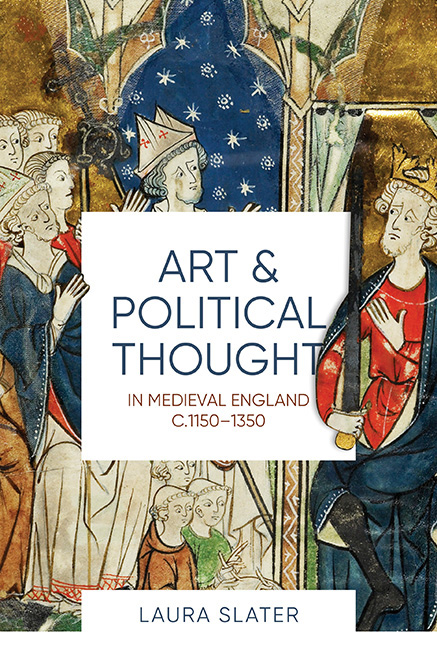Book contents
- Frontmatter
- Dedication
- Contents
- List of Illustrations
- Acknowledgements
- Abbreviations
- Introduction
- 1 Imagining Power in Angevin England
- 2 From the Clerics to the Court, c. 1200–1250
- 3 The Barons’ War and the Dreams of Reformers
- 4 Visions of Government during the Three Edwards
- Conclusion
- Bibliography
- Index
- Already Published
1 - Imagining Power in Angevin England
Published online by Cambridge University Press: 26 July 2019
- Frontmatter
- Dedication
- Contents
- List of Illustrations
- Acknowledgements
- Abbreviations
- Introduction
- 1 Imagining Power in Angevin England
- 2 From the Clerics to the Court, c. 1200–1250
- 3 The Barons’ War and the Dreams of Reformers
- 4 Visions of Government during the Three Edwards
- Conclusion
- Bibliography
- Index
- Already Published
Summary
This chapter examines the political ideas shared by a new class of royal administrators in the later twelfth century. Usually secular clerics educated in the schools of Paris before being drawn into royal service or elite households, their understanding of power and politics was grounded in their theological training. These men stressed the primacy of Church over state, the importance of princely piety and reverence for God and the essential guiding role of the clergy in the commonwealth. Political conflict and participation in secular government were consistently envisaged in spiritual terms: ‘For there is no power but from God: and those that are ordained of God.’ Human sin and disobedience to the will of God, divine plans for vengeance and instances of heavenly intercession were all viewed as real and active influences on the policy of rulers, and on the peace and prosperity of realms. Political life, played out both on earth and in heaven, was understood as a polarised conflict between Christian vice and virtue. The epic quality of this clerical vision of political society could absorb deep political Augustinianism and justly held collective fears about unrestrained royal power.
Yet the men who articulated it were fascinated by the practical workings of royal government. What St Augustine dismissed as the business of brigands was recast as a truly significant and momentous earthly calling. Richard fitz Nigel viewed the procedures of the exchequer as ‘symbols of the strict accounting’ to take place at the Last Judgement, for example. The monk Nigel of Longchamps mocked bishops serving in the king's courts and exchequer, as if ‘ordained to the service of the fisc rather than to mysteries of God's church’. Aspirations regarding the moral character and activities of the ruler and his counsellors were high: John of Salisbury condemned the frivolities of courtiers because the prince was ‘a certain image on earth of the divine majesty’, exercising ‘sacred duties’. Peter of Blois considered it ‘holy to attend the lord king’ and stated that courtiers ‘often do good works of salvation’.
I will argue in this chapter that this sacralised understanding of power was also fundamentally visual in nature: a guiding framework of ideas inspired by, elaborated on and expressed through both material and rhetorical images.
- Type
- Chapter
- Information
- Publisher: Boydell & BrewerPrint publication year: 2018

